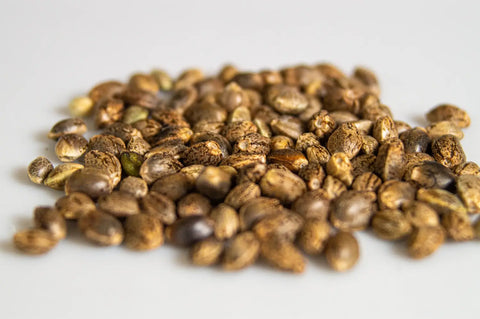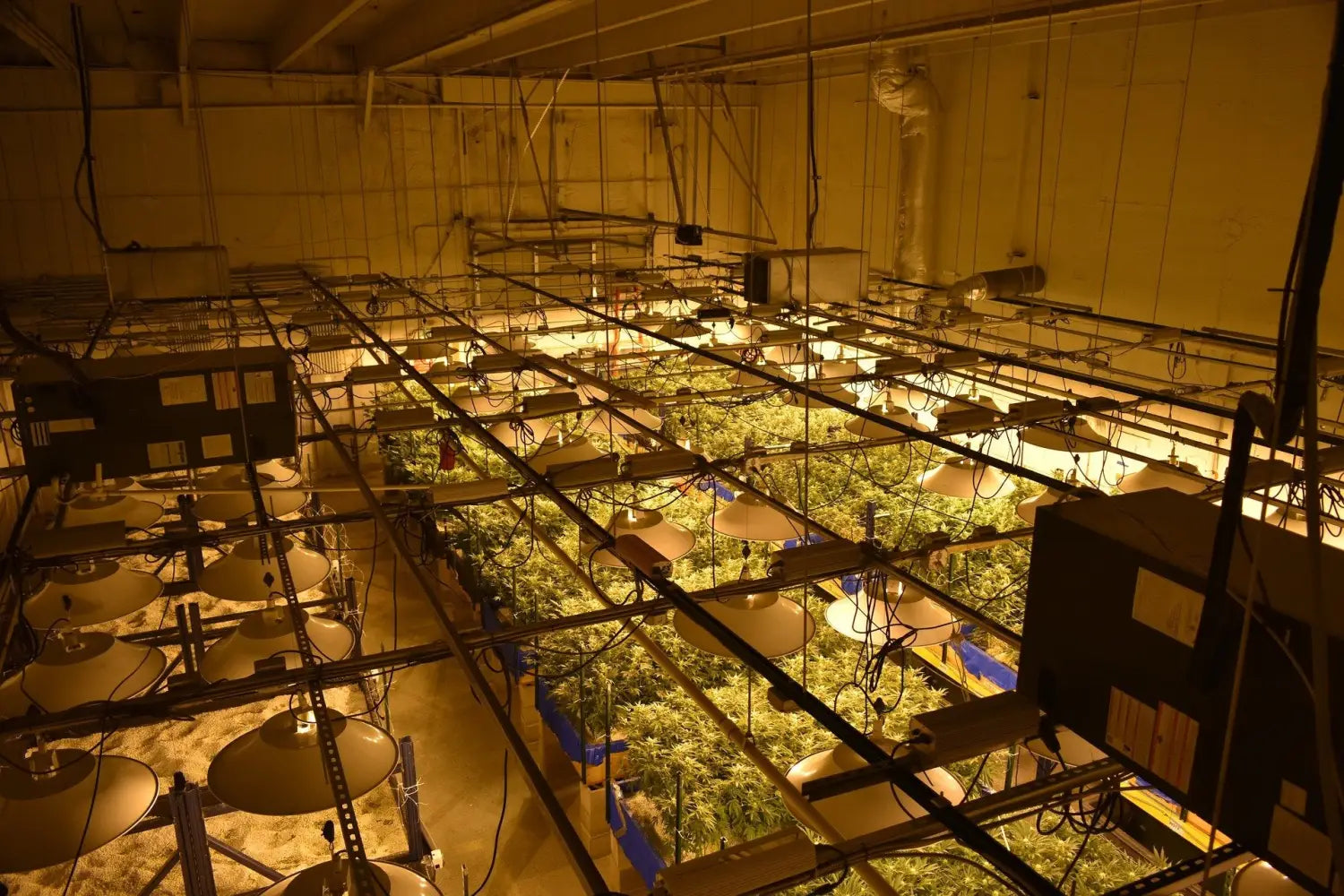Six easy steps to grow cannabis plants in 2022
Introduction
The growing awareness of the beneficial effects of cannabis has made it a mainstream wellness product. Getting a quality hemp product is an uphill task. The absence of a regulatory framework keeps users guessing about the consistency and quality of cannabis products.
Several users view growing their cannabis plants as an alternative way to get quality buds at affordable prices. At first, it could sound like a complicated task, but this is not the case. You can grow your cannabis plants by following six easy steps. Let’s jump into them.
Step 1 - Choosing cannabis seeds
Whether you want to grow Indica, sativa, ruderalis, or hybrid, the decision should come from your personal choices. Recall what strains you enjoyed the most in the past; or what strains delivered you a satisfactory relief from a specific ailment. The consideration of these issues could provide you with a good starting point.
The next thing you should look upon is your growing circumstances. If you have small space, probably, growing small fast-maturing plants like auto-flowering strain can make the best use of your grow space. On the other hand, if you have a nice big backyard, you can consider growing one or more monsters in soil or large pots.
Step 2 - Understanding cannabis fundamentals
Understanding growth fundamentals such as light, medium, fresh air, water, temperature, nutrients, and humidity are critical to reap the cannabis yield.
The appropriate light is fundamental for healthy marijuana vegetation. Use timers to ensure your indoor plants get 18 hours of illumination per twenty-four-hour period. Outdoor growers should only begin cultivation when their plants can get more than 12 hours of sun exposure.
Marijuana growers can choose soil or neutral mediums such as coconut coir, perlite, vermiculite as growing mediums. Indoor cannabis plants need moving fresh air for strength and exchange of gases. Outdoor plants have no issue, but lack of fresh air can result in pests, molds, and weak growth among indoor plants.
Maintaining an appropriate water supply having a suitable pH level is critical to help your marijuana plants thrive and perform biological functions. Moreover, taking care of the temperature of your growing space is necessary to meet the needs of your plants.
Too high or too low temperature can ruin your dream of getting a good yield. Providing your cannabis plants soil rich in compost, living organisms, vitamins, and minerals is essential to supply enough food for their entire life cycle.
Finally, humidity control is critical from seed to flower for indoor plants. Balanced humidity helps to achieve healthy, pest and mold-free environments.
Step 3 – Germination stage
Germination of the cannabis seeds marks the beginning of your marijuana grow adventure. Sowing seeds directly into your medium can prevent you from transplant shocks. After breaking the surface, cotyledons shed the seed husk and reveal the first set of leaves. Your seedlings are all set to become a resinous indoor miniature or booming outdoor tree.
Step 4 – Vegetative phase
During the vegetative stage, marijuana plants develop stems and roots. They start sprouting leaves as well. Cannabis plants need a sufficient supply of nitrogen at this stage. Early leaves sustain the growth by initiating the photosynthesis process. The plants started stabilizing, and you need to scrutinize the late germinated seeds and stunted seedlings.
Step 5 – Flowering stage
Flowering or blooming begins as interesting floral arrangements and aromas start to develop. Outdoor plants start flowering when summer passes and autumn approaches. For indoor space plants, the flowering stage begins by changing a lighting schedule to a twelve-hour day, twelve-hour night photoperiod.
Autoflowering strains begin flowering after reaching a certain species-specific age. These strains are independent of light and easier to grow, particularly for the new growers.
Step -6 Harvesting, drying, & curing
Finally, trichomes cover the plants, and pistils become shriveling back and change color. It signs your cannabis became mature. The swollen resin sacks change colors from clear milky to milky amber. The flower clusters swell and seem to have turned inside out.
It is a time to harvest your bud and dry it in a dark, cool place with little humidity. To avoid your buds overdrying or molding, you need to exercise due care.

